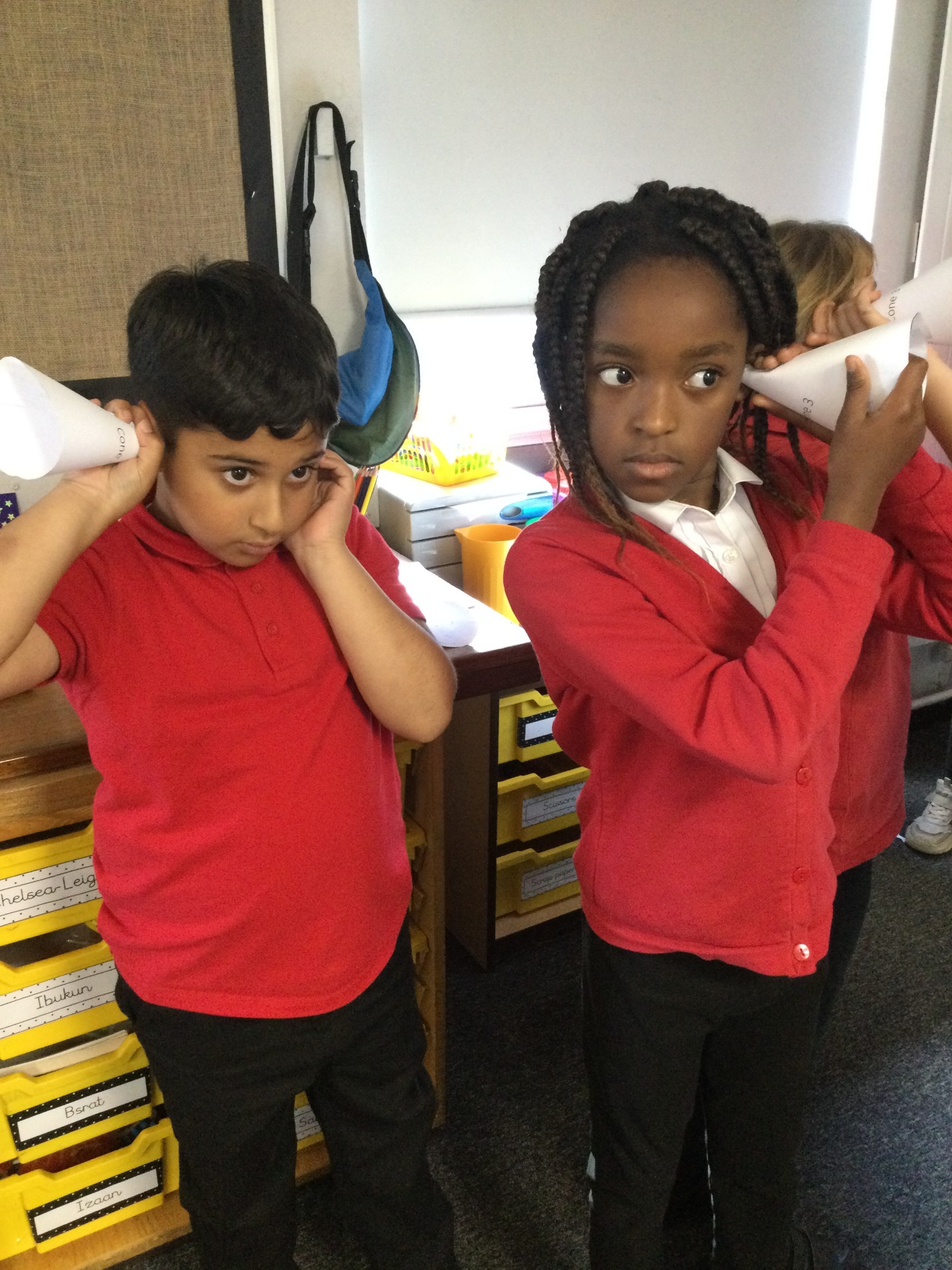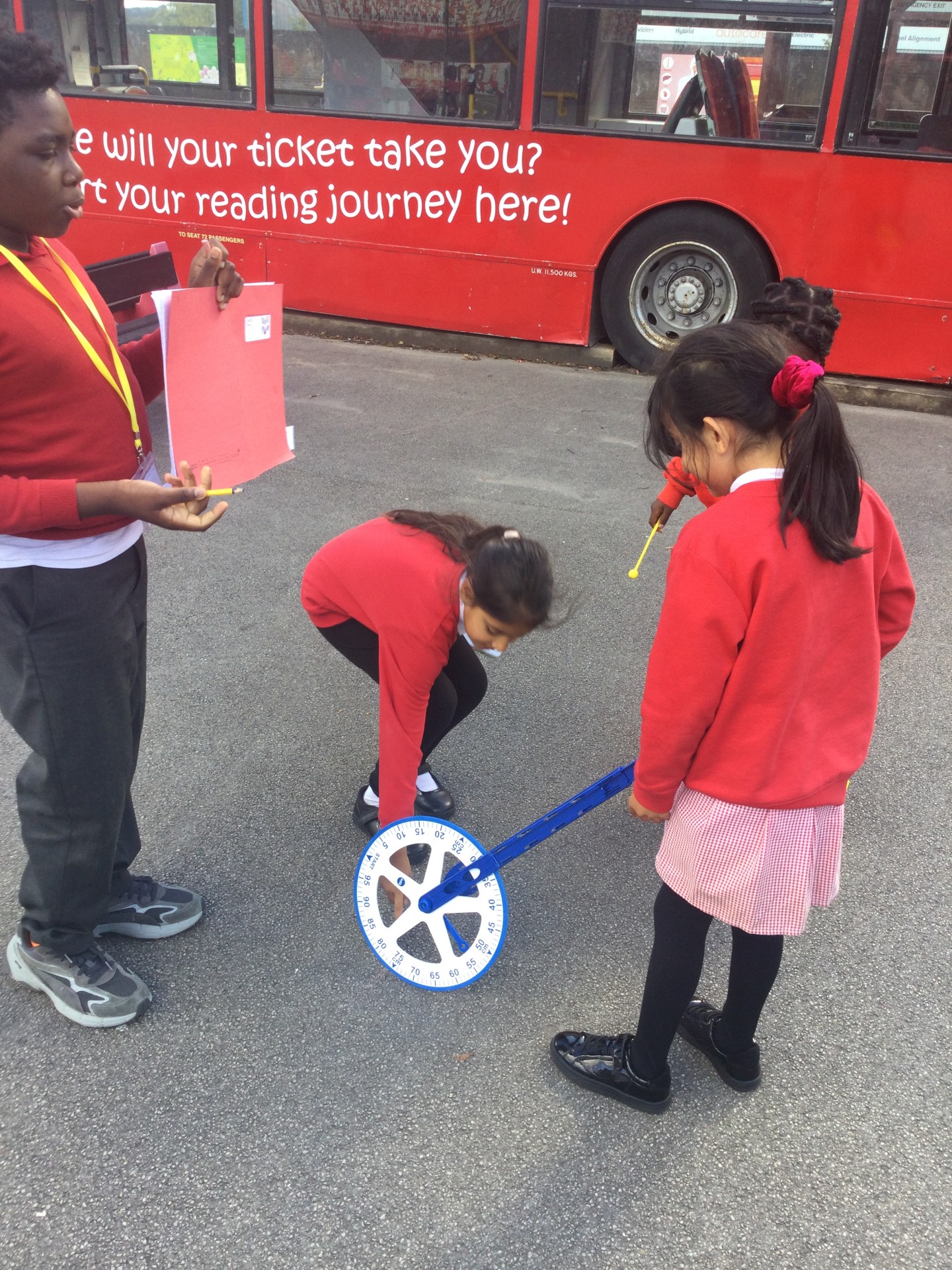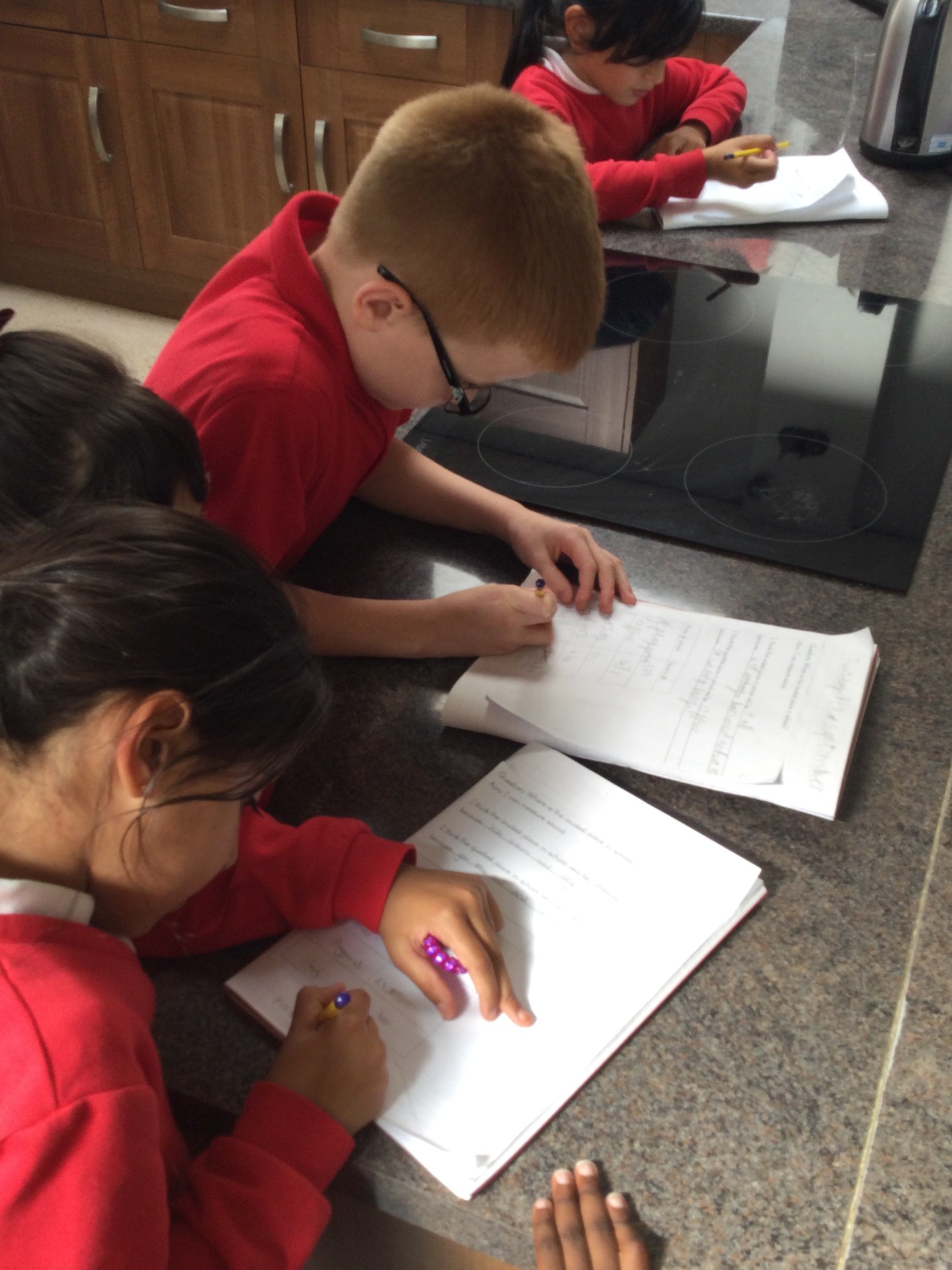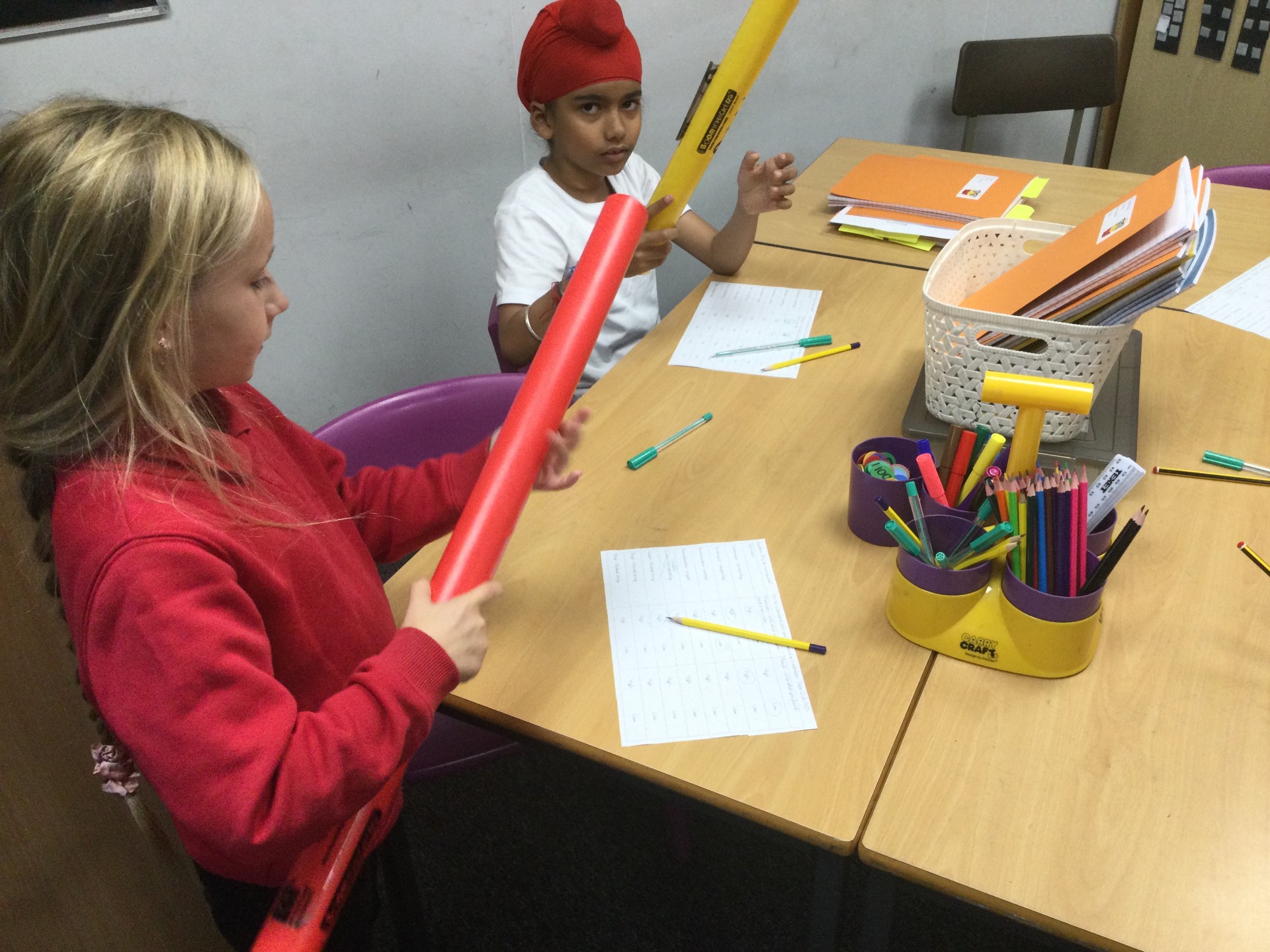Year 3 (Class 8) - Science - Grow to School Project
This year we are lucky enough to be involved in the ‘Grow to school project’.
We will be visited every half term by a grow leader and spend time developing our wildlife garden and growing vegetables.
On our first visit, we learnt some of the different vegetable families and we readied our…
Category: Year 3
Year 1 (Class 4) - Science - Seasonal Changes
In Science we have been learning about the seasonal changes that take place in autumn. We went outside to look for evidence of these changes and found lots of different coloured leaves.
We then made pictures to show what happens in autumn.
Category: Year 1
Year 1 (Class 4) - Science - Rain Gauges
Year 1 enjoyed making rain gauges to measure the rainfall.
We will use these this year to measure how much rain there is in each season.
Category: Year 1
Year 4 (Class 11) - Oracy / Science - Investigating a Question
Today we used our oracy skills to discuss how we could investigate a question.
We then conducted a class investigation to test how strength of vibrations could effect volume.
Category: Year 4
Year 4 (Class 11) - Science - The Human Ear
Today we learnt about the human ear. We learnt about how sound travels through the ear, into the ear and down the ear canal.
We looked at the internal structure of a human ear and labelled the different parts. We also did an investigation into animal ears and why they are shaped and move…
Category: Year 4
Year 3 (Class 9) - Science - The Human Ear
Class 9 have been investigating how the ear works and the names of its components.
They also made different sized paper cones to use to investigate if they could hear music better with small, medium or large cones.
Category: Year 3
Year 4 (Class 11) - Science - High Pitch Sounds
Today we carried out the investigations we planned last week to find out whether high pitched sound travel further than low pitched sounds.
Category: Year 4
Year 5 (Class 12) - Oracy / Science - The Solar System
This week Class 12 have been investigating if the solar system is heliocentric or geocentric. They discussed the evidence formed over a long time periods from 15 different scientists.
Take a look at our video.
We concluded that the solar system is heliocentric.
Category: Year 5
Year 6 (Class 16) - Science - A Geocentric Solar System
This week, the children looked at the scientific evidence for the belief in a geocentric solar system and a heliocentric solar system.
The children then acted this out, becoming the scientists and explaining how opinions and evidence changed over time.
Category: Year 6
Year 4 (Class 11) - Science - Sound Hunt
Today we went on a sound hunt around school. We made predictions about the loudest and quietest places in school.
Then we visited them and measured the volume with data loggers.
Category: Year 4
Year 4 (Class 9) - Science - Pitch
Class 9 enjoyed investigating pitch in their Science lesson.
We worked out that smaller objects produced higher pitched sounds.
We also found that glass bottles have a higher pitch when they contain less water.
Category: Year 4
Year 5 (Class 12) - Oracy & Science - The Earth
Class 12 took part in a debate today like scientists of the past to argue if the Earth is flat or spherical.
They concluded of course that the Earth is spherical and could provide numerous pieces of evidence for this.
Category: Year 5
.png)
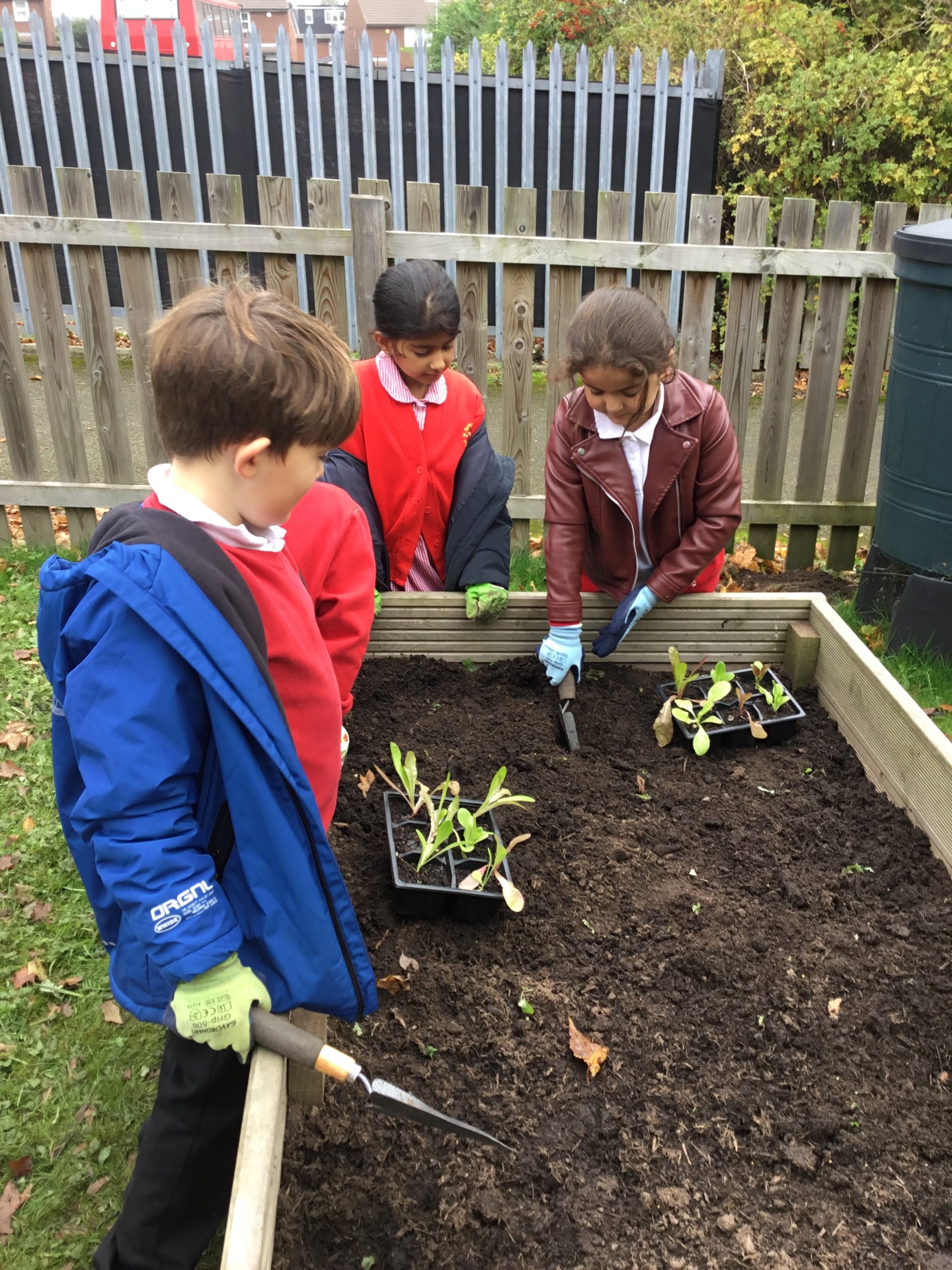
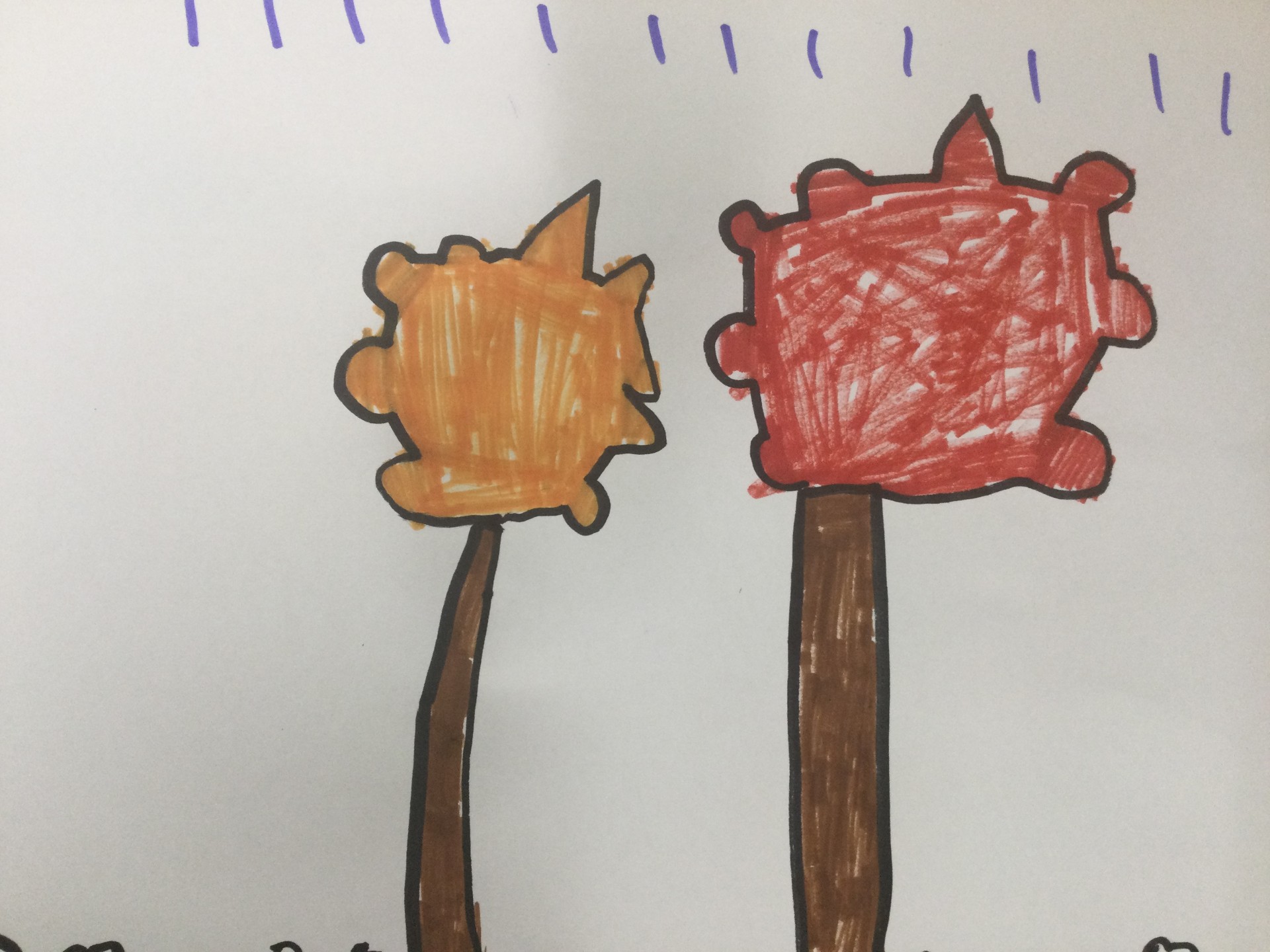

.jpg)

